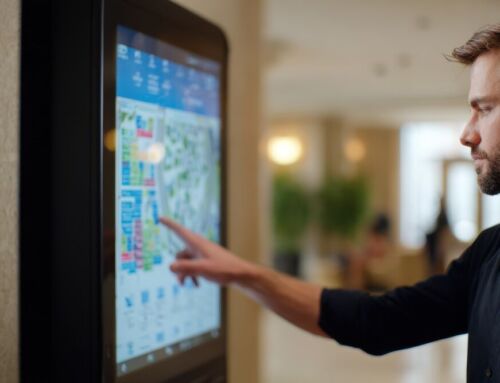If you’re planning a summer holiday to Spain, Greece, the south of France or any other EU destination this year, try to savour the experience at passport control (if such a thing is even possible). Because the next time you travel to the continent, things will be different.
From October, the 29 nations that make up the Schengen Area are rolling out mandatory biometric scanning for all visitors from non-EU countries. That doesn’t mean just presenting your biometric passport at the border, which UK travellers heading to Europe have had to do since Brexit. It will mean providing a fingerprint scan and/or a photograph of your face for facial recognition purposes at your port of entry.
The new Entry/Exit System (EES) is being introduced to tighten up border security, reduce visa violations and improve immigration procedures into the EU. One of the biggest rollouts of biometric technology in the world, the digital capture of physical identifying data from every individual arriving will make it much easier to track people’s movements throughout the no-border Schengen Area.
With the new system, an individual found working in Germany who entered Spain supposedly as a holidaymaker months earlier, for example, could be identified from digital fingerprint records in seconds. Because biometric data is so hard to forge, the new system will also help combat the international movement of criminals and assist in investigations.
More delays?
However, for your average holidaymaker, there are concerns that the new system will cause even longer delays getting through passport control on arrival. Fingerprint and facial scans will be handled by kiosks fitted with the necessary scanning equipment, although the EU is also launching a mobile app which will allow travellers to submit the necessary scans in advance.
The expectation of additional delays seems to be based on the fact that different EU member states are introducing the new systems at different rates over an 18-month implementation period, which is raising concerns about inconsistent rules. But as the scanning requirement is only for your single port of entry into the EU, that shouldn’t be too much of an issue. You either provide your biometrics or you don’t.
The fact that the mobile app won’t be available right across the EU straightaway could conceivably cause some delays, especially for travellers crossing by ferry or the Channel Tunnel. The Port of Dover, which experienced massive delays with the reintroduction of full border checks post-Brexit, is already making contingency plans based on the fact that passengers crossing with their own vehicle will have to get out to go to a kiosk to provide the necessary scans.
For the millions of Brits who fly to Europe every year, it’s highly unlikely that the new requirements will add any more friction. Travellers through airports are already used to using kiosks to scan passports, as well as passing through body scanner detection systems. Many nations have captured photographs of visitors on arrival for many years.
Self-service biometric scanning technology is already fast and efficient. Combined with digital passport scanning, the expectation is that these systems will finally do away with the rigmarole of handing your passport over to a border official, being looked up and down as they compare you to an eight-year-old photograph, and then scan the document in. In that case, biometric systems will help to speed up the passport control process, not slow it down..




